Creating basic acrylic nails involves a few essential steps. Acrylic nails are a type of artificial nail extension that is made by combining a liquid monomer with a powder polymer. Here’s a basic guide on how to apply acrylic nails:
Materials you’ll need for Basic Acrylic Nails
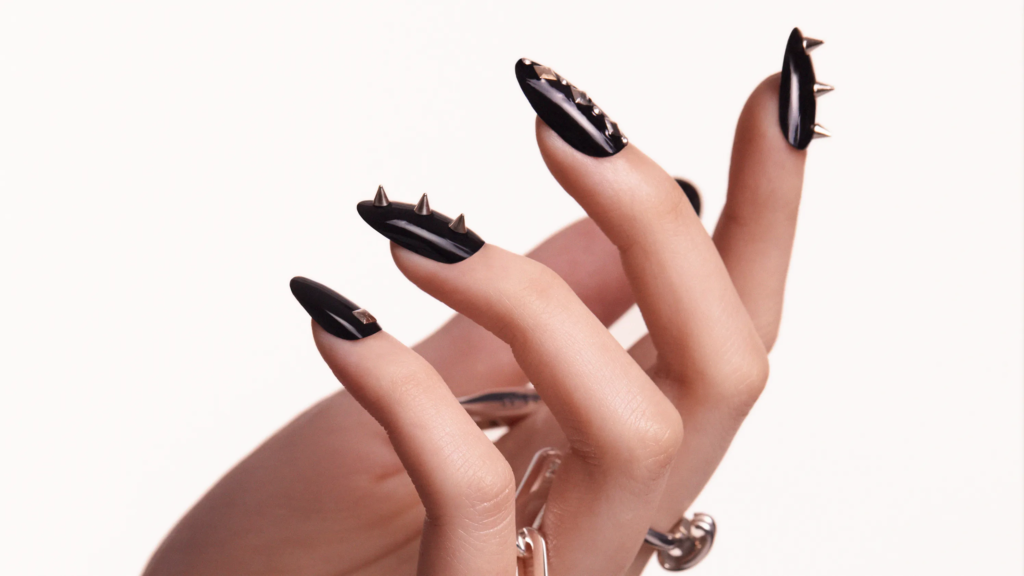
- Acrylic liquid (monomer)
- Acrylic powder (polymer)
- Nail tips or nail forms
- Nail primer
- Nail dehydrator (optional)
- Nail buffer/file
- Acrylic brush
- Dappen dish (a small container for acrylic liquid)
- Paper towels
- Nail glue
- Nail polish or gel polish (optional)
- Top coat (optional)
Steps:
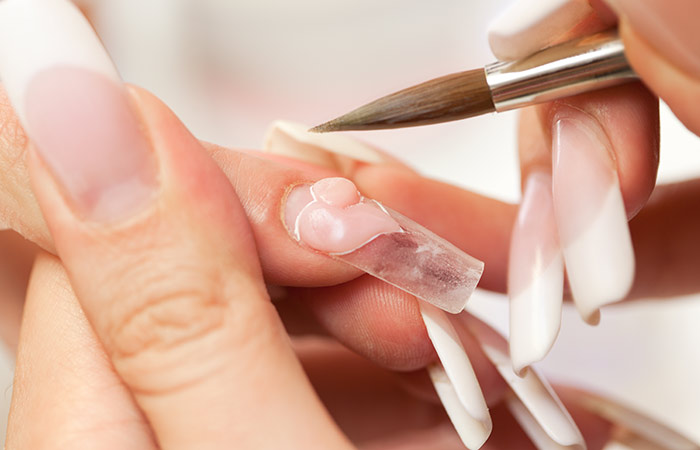
- Prepare the natural nails:
- Start by removing any existing nail polish and trimming your natural nails.
- Push back your cuticles and gently buff the surface of your nails to remove the shine.
- Choose nail tips or nail forms:
- If you’re using nail tips, select the appropriate size for each nail and apply them using nail glue.
- If you prefer using nail forms, attach them to the free edge of your natural nails.
- Apply primer:
- Apply a small amount of nail primer to each nail. This helps the acrylic adhere better to the natural nails.
- Dip brush in acrylic liquid:
- Dip your acrylic brush into the acrylic liquid and wipe off excess liquid on the side of the dappen dish.
- Pick up acrylic powder:
- Dip the brush into the acrylic powder, creating a small bead at the tip. The ratio of liquid to powder is crucial for the right consistency.
- Apply acrylic to the nails:
- Place the acrylic bead on the nail near the cuticle and gently spread it toward the free edge. Shape the acrylic as desired using the brush.
- Repeat for each nail:
- Work on one nail at a time, repeating the process for each nail.
- Shape and file:
- Once the acrylic has dried, use a nail file and buffer to shape and smooth the nails. Create the desired length and shape.
- Finish with polish (optional):
- Apply nail polish or gel polish if you want to add color to your acrylic nails.
- Apply top coat (optional):
- Finish the look with a clear top coat for added shine and protection.
Remember to follow the instructions of the specific products you’re using, as different brands may have slightly different application processes. Additionally, proper hygiene, ventilation, and safety precautions are essential when working with acrylic nails. If you’re new to this process, consider practicing on fake nails or seeking guidance from a professional.
Refining the Shape:
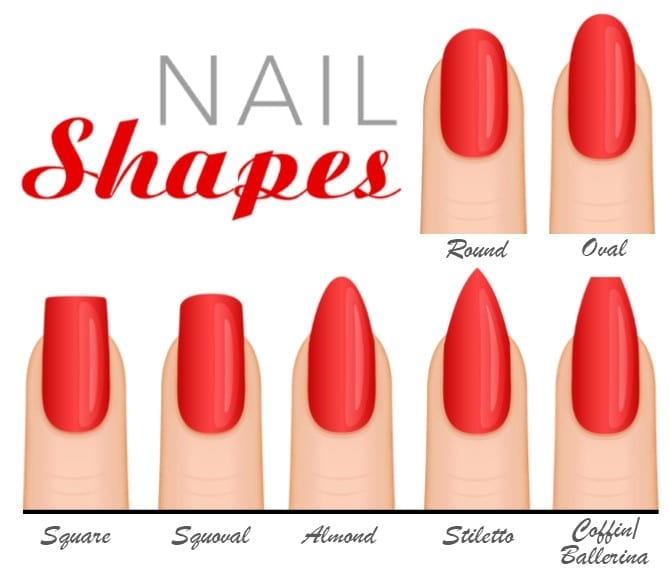
- After applying the acrylic nail and shaping with a file, you can refine the shape further using a buffing block. This helps smooth out any rough edges and ensures a polished finish.
Maintenance:
- Acrylic nails require regular maintenance. Fill in the gap between the natural nail and the acrylic every 2-3 weeks as your nails grow. This process is known as a fill or rebalance.
Removing acrylic nails:
- If you want to remove acrylic nails, it’s recommended to visit a professional nail technician. They can safely soak off the acrylic using acetone and minimize damage to your natural nails.
Ventilation:
- Work in a well-ventilated area or use a nail dust collector to minimize inhaling acrylic dust. Proper ventilation is crucial for your health.
Avoid skin contact:
- Take care to avoid skin contact with the liquid monomer, as it can be irritating. If any liquid comes in contact with your skin, rinse it off immediately.
Practice and patience:
- Acrylic application can be challenging at first, so practice on nail tips or on yourself to improve your skills. Be patient and take your time to ensure a neat and professional result.
Quality products:
- Invest in good quality acrylic products for better results. Cheaper products may compromise the durability and appearance of your acrylic nails.
Color options:
- Acrylic nails can be customized with various colors, glitters, or even nail art. Experiment with different designs to express your style.
Nail care routine:
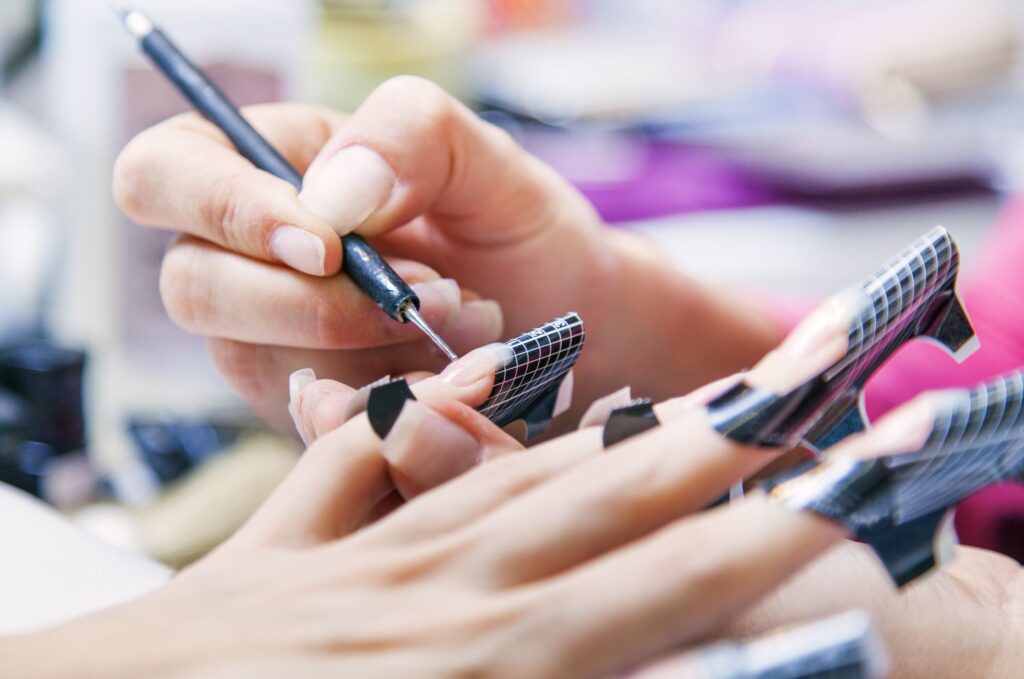
- Maintain healthy natural nails by moisturizing your cuticles and nails regularly. Consider using cuticle oil to keep your nails and the surrounding skin hydrated.
Professional help:
- If you’re unsure or uncomfortable with the process, consider visiting a professional nail technician. They have the experience and tools to create beautiful and long-lasting acrylic nails.
Remember that practicing good hygiene, using quality products, and taking your time during the application process will contribute to the success of your acrylic nails. If you encounter any issues, don’t hesitate to seek advice from experienced nail technicians or beauty professionals.
Avoid overusing acrylic:
- Applying too much acrylic can lead to thick and bulky nails. Aim for a balance to achieve a natural and aesthetically pleasing look.
Cuticle maintenance:
- Keep the cuticle area clean and free from acrylic to ensure a neat and professional appearance. Use a cuticle pusher or orangewood stick to gently clean up any excess acrylic.
Consider nail shapes:
- Experiment with different nail shapes, such as square, round, almond, or stiletto, to find the one that complements your hands and personal style.
Customizing with nail accessories:
- Enhance your acrylic nails by adding accessories like rhinestones, decals, or nail charms. These can be applied on top of the acrylic before the final top coat.
Acrylic nail fills:
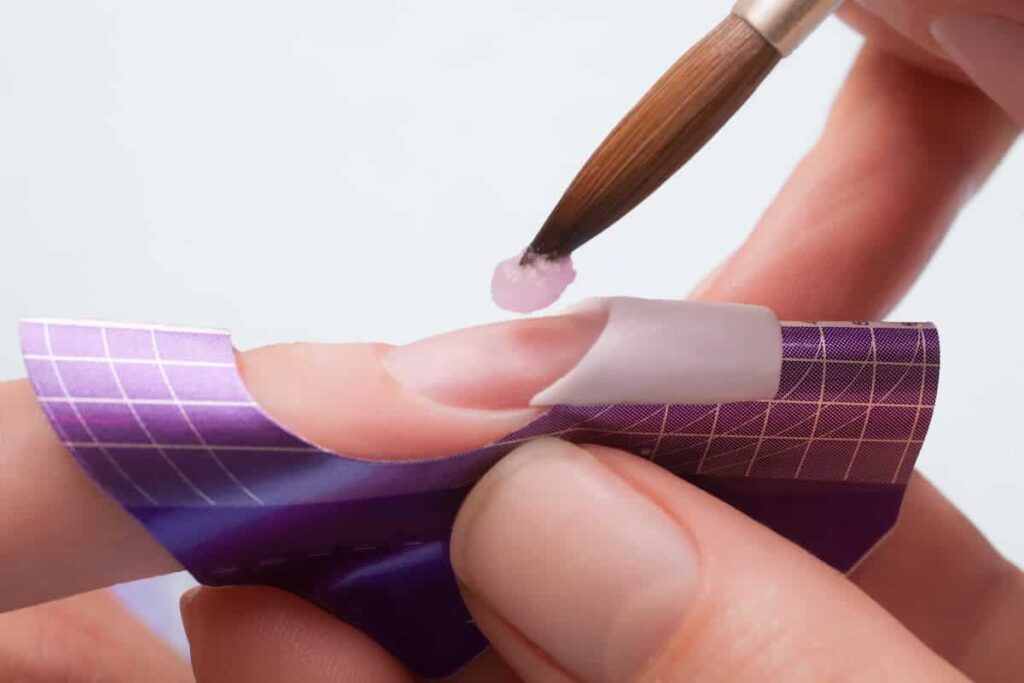
- When performing a fill, remove the old top coat and gently file down the existing acrylic before applying a new layer. This helps maintain a smooth and even surface.
Proper acrylic brush care:
- Clean your acrylic brush regularly to prevent acrylic residue buildup. Use a brush cleaner or monomer to clean the bristles thoroughly.
Troubleshooting lifting issues:
- If you experience lifting (the acrylic separating from the natural nail), it may be due to inadequate preparation, applying acrylic too close to the cuticle, or not sealing the edges properly. Address these issues to improve adhesion.
Color fading prevention:
- To prevent colored acrylic from fading, use high-quality pigmented powders and ensure thorough blending. Additionally, protect your nails from prolonged exposure to sunlight, as this can cause color fading over time.
Be mindful of allergies:
- Some individuals may develop allergies to acrylic products. If you notice any signs of irritation or allergies, discontinue use and consult a healthcare professional.
Education and training:
- If you’re serious about acrylic nail application, consider taking a professional nail technician course. This can provide in-depth knowledge, hands-on training, and guidance to enhance your skills.
Remember that practice, patience, and continuous learning are key when working with acrylic nails. Don’t hesitate to explore new techniques, stay updated on trends, and adapt your skills to achieve the best results.
Lorem ipsum dolor sit amet, consectetur adipiscing elit. Nibh vel sed amet, ut adipiscing elit fermentum. Orci, feugiat ullamcorper molestie maecenas tincidunt

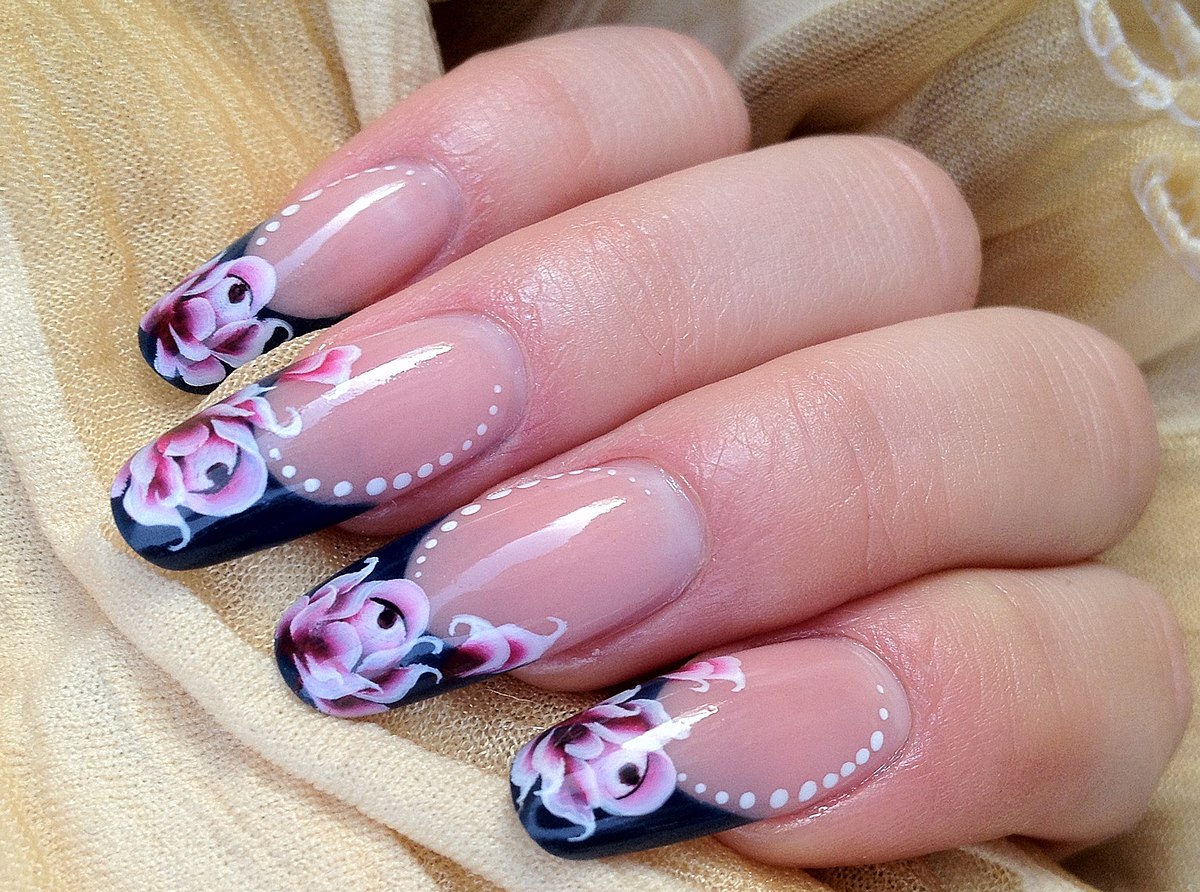
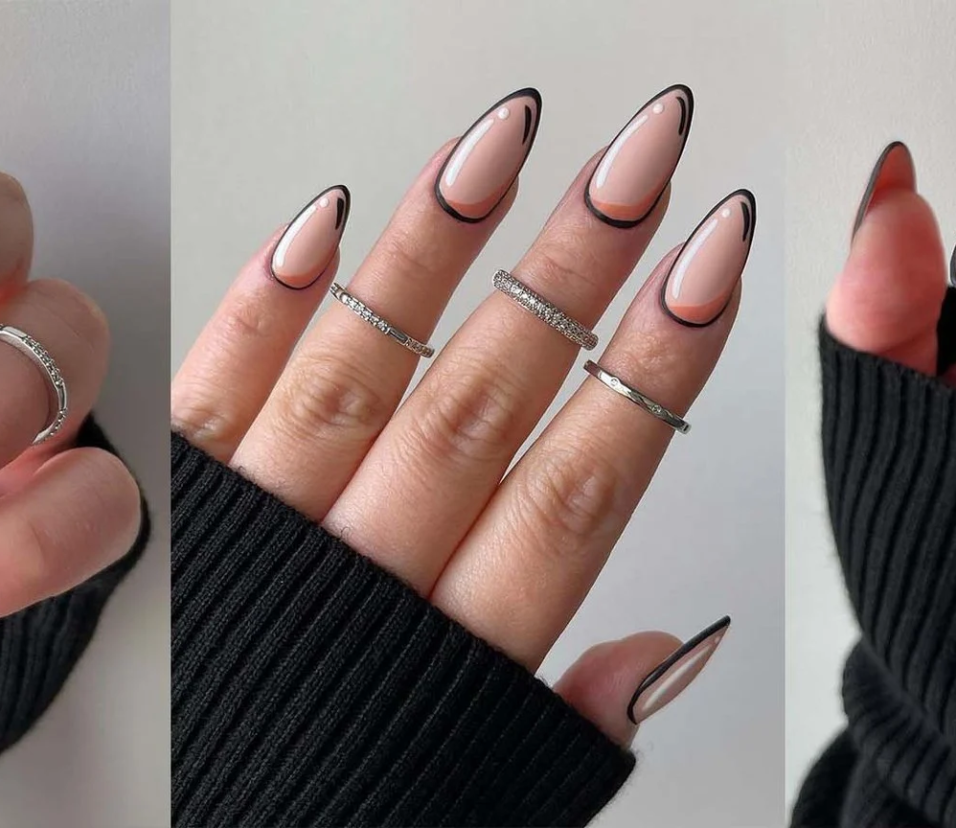
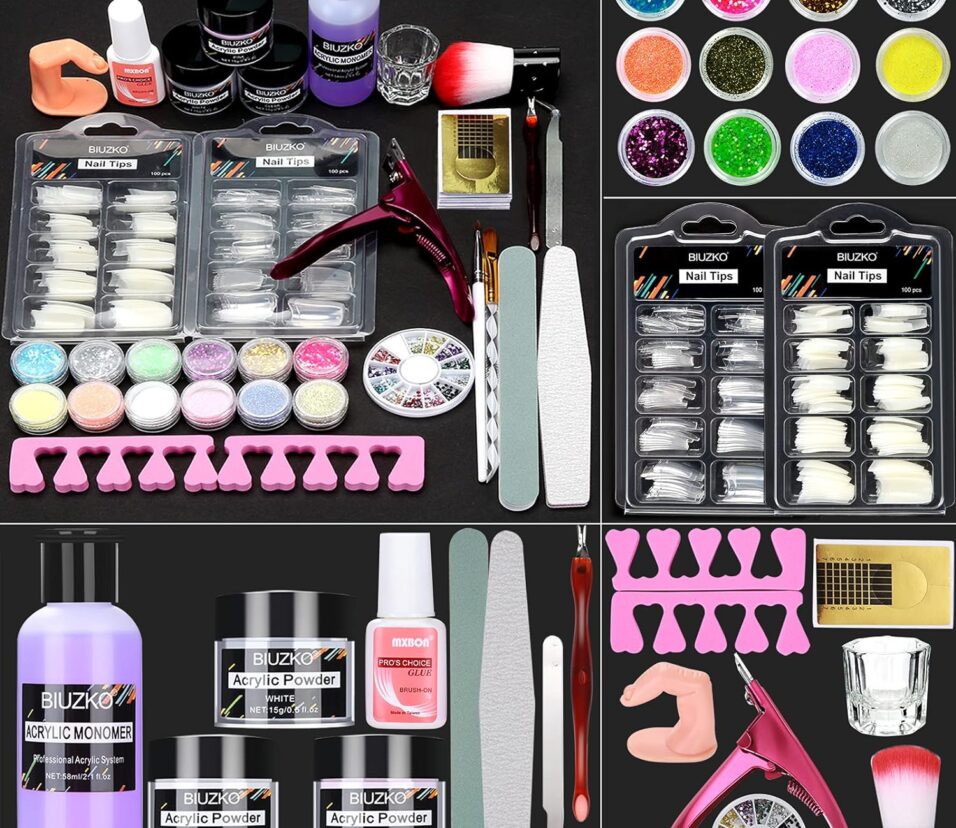
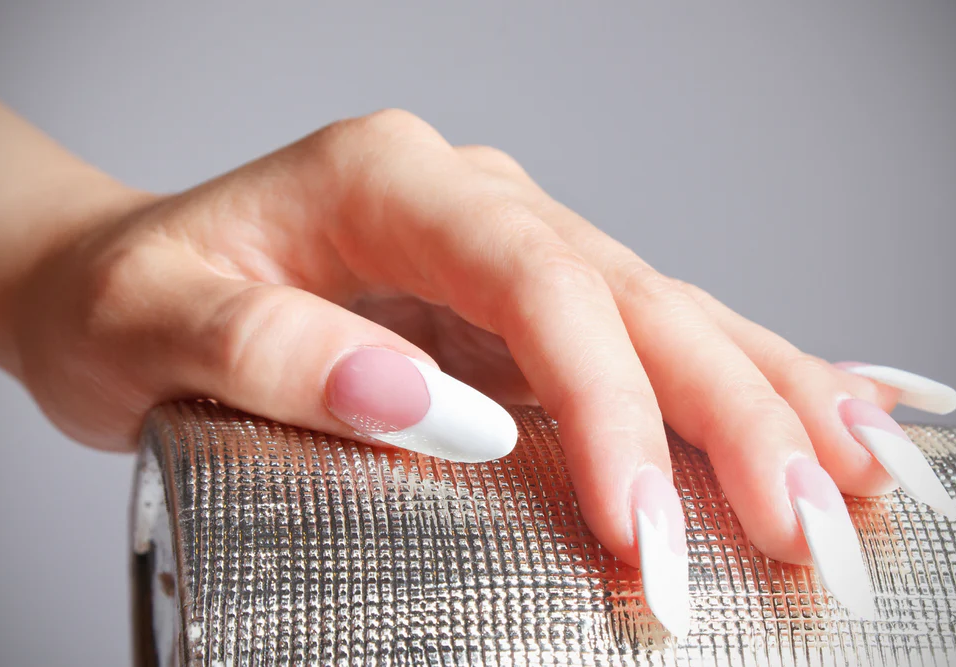
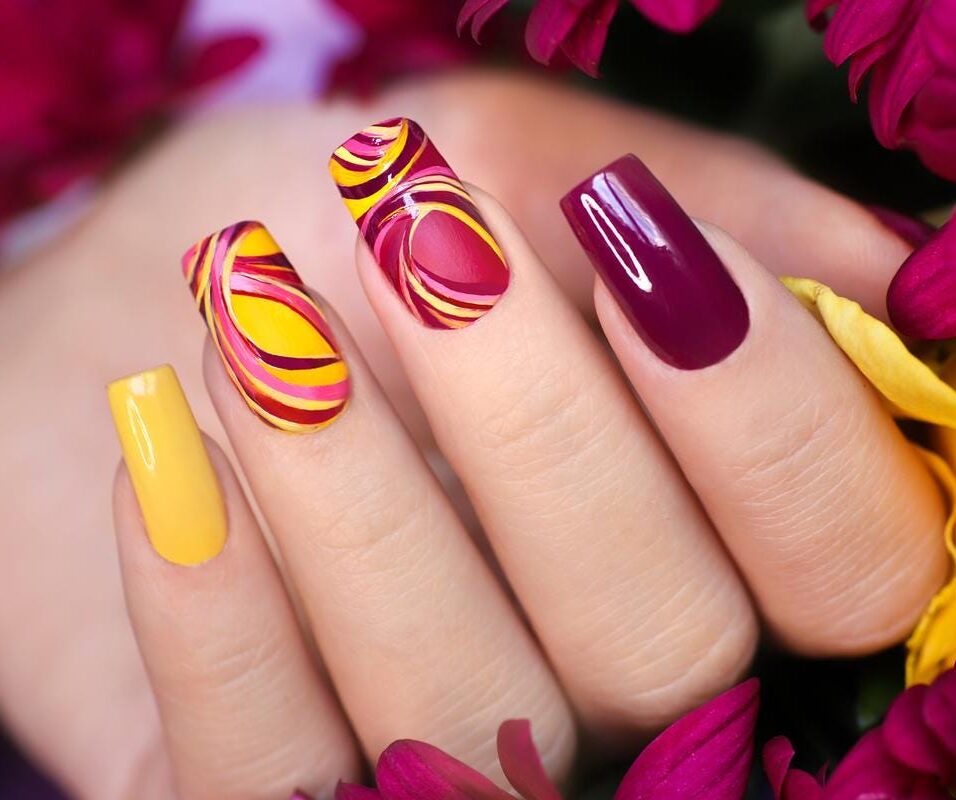
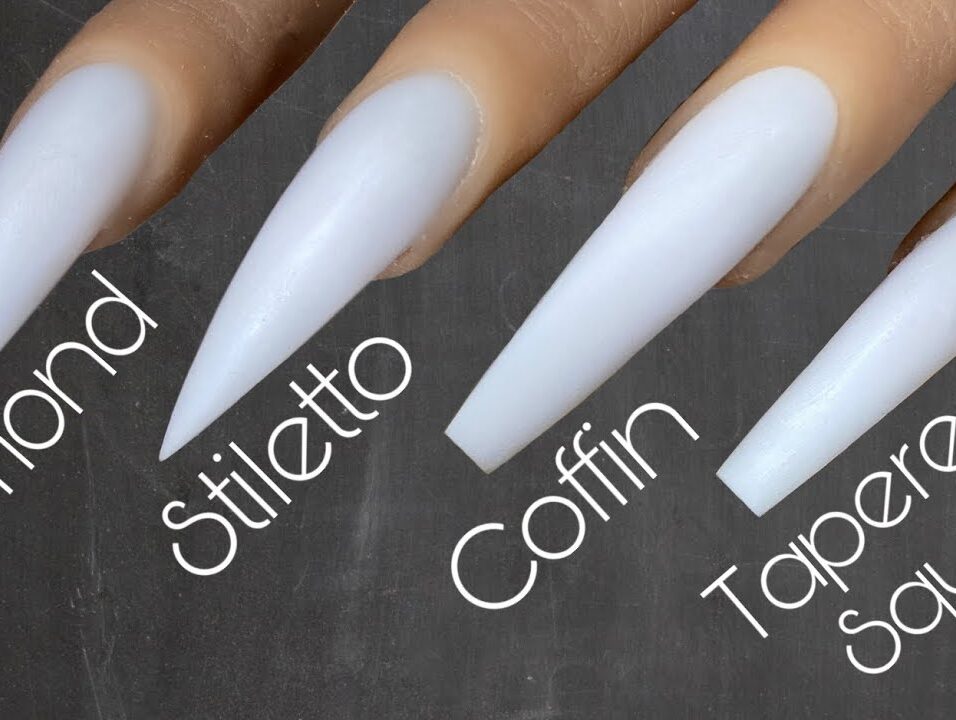
Leave feedback about this